SD › Italy › Milan › Best Things to Do
Updated: April 27, 2022
By Santorini Dave
10 Best Guided Tours in Milan
- Skip-the-Line Tour of the Duomo and Terraces: From the archaeological underground to the highest terraces. 1.5 hours
- Skip-the-Line Guided Walk and The Last Supper: Also visits Duomo di Milano, La Scala opera house and historic Galleria Vittorio Emanuele II
- Best of Milan Tour with Last Supper and Skip-the-Line Duomo Tickets: Milan Duomo, Sforza Castle (exterior), Brera District. Local, English-speaking guide. 2.5 hours
- Brera District & Pinacoteca Guided Experience: Guided museum tour, also visits local artisan shops in the Brera district. 2 hours
- Sforza Castle & Museums Guided Tour: Explore castle grounds & history, visit the Duke’s apartment, private chapel, and castle chambers. See Michelangelo’s mural and his final sculpture. 2 hours
- Sforza Castle & Ambrosiana Gallery Private Tour: Private tour for up to 6 people visits the courts of the Sforza Castle, Michelangelo’s Pietà, Leonardo’s Fresco and Atlantic Codex, ending in Cathedral Square. 3 hours
- Monumental Cemetery of Milan Guided Tour: Explore the cemetery history and visit significant buildings and burial places within. 1.5 hours
- Private Aperitivo Tour: Sunset tour of Milan’s best drinks & snacks. 2 hours
- Half-day Italian Cooking Class: Cook and enjoy authentic local cuisine in a private home. 4 hours
- Lake District Day Tour: Visit scenic Lake Como, Bellagio and Varenna. 10.5 hours
Top 15 Things to Do in Milan
1. Explore the Duomo
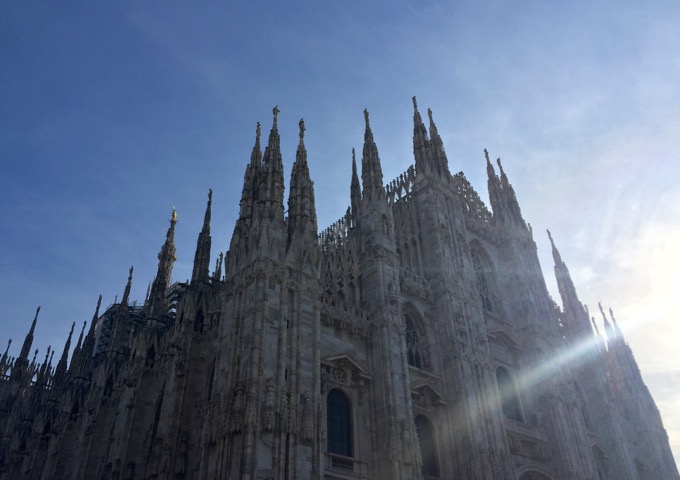
The Duomo di Milano is one of Europe’s most celebrated cathedrals, and as soon as you see it, you’ll know why. The largest church in Italy and the third largest on the continent, its construction started in the late 1300s, and its centuries of building have imbued it with a fascinating mix of styles, additions, and legends. You can spend most of a day exploring the structure inside and out, although you’ll have to pay a fee to get inside. It’s also worth wandering the rooftop (that requires a separate ticket), where you can admire 130-odd intricately designed spires, including the one for St. Mary to whom the cathedral is dedicated. Consider booking a guided tour for more information on the Duomo’s long and fascinating history.
2. Get Out for an Aperitivo
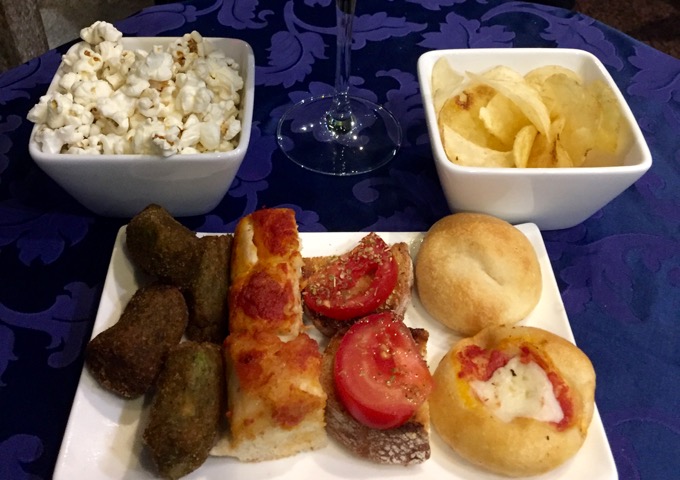
Milan is the capital of happy hour in Italy, known as “aperitivo.” Every day of the week in the late afternoons and evenings (and well into the night on weekends), you will find bar after bar offering buffets and plates of food for free (though you do have to buy a drink). In some areas, bars actively compete with each other, trying to outdo their next-door rivals with more, and tastier, options. The Navigli (canal) district and Ticinese south of the Duomo offer the biggest selection, though you might find higher-end fare other places, particularly in the area around the Peace Arch just past Park Sempione. Other hotspots include the Brera neighborhood by the Sforza Castle, and Porta Nuova by Giardini Park (Giardini Pubblici Indro Montanelli). To get a local’s take on where the best spots are, take a guided tour.
3. Shop – and Spin – at the Galleria
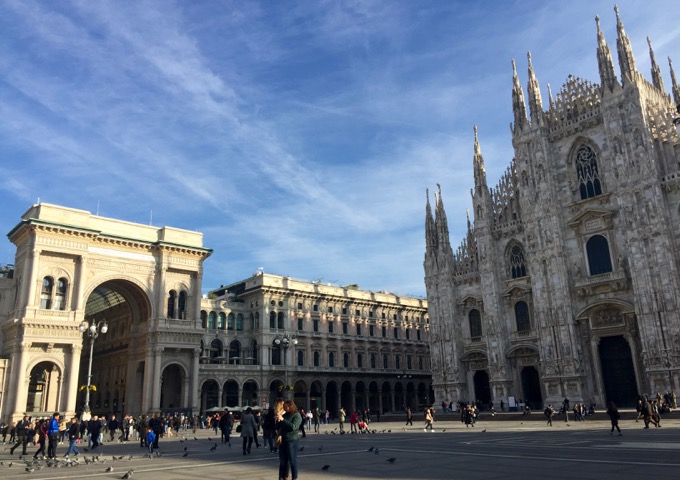
Adjacent to the Duomo sits another of Milan’s most interesting historical and cultural buildings, the Galleria Vittorio Emanuele II. Built in the mid-1800s, its sheer size is impressive, with two full blocks covered by a towering glass roof (rebuilt after being damaged in WWII). There are shops and restaurants throughout for you to explore, and a number of strange legends associated with it; for instance, the mosaic of the bull in the center of the complex is famous for supposedly bringing good luck —when you spin your heel on the bull’s genitals. Like the Duomo, you should consider a guided tour (there are many that encompass both the Duomo and the Galleria) that can walk you through all the significant symbols and artwork within the structure.
4. Visit the Statues at Cimitero Monumentale
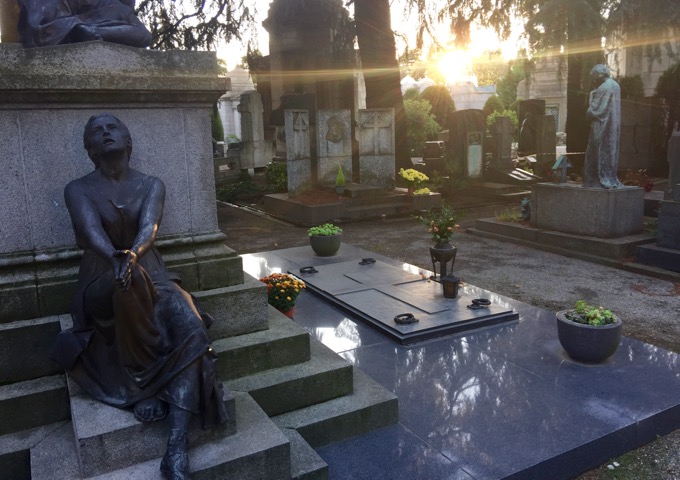
Walking around Cimitero Monumentale is like wandering a city within a city. Comprising 250,000 square meters, you can spend a full day marveling at intricately designed mausoleums lined up like row houses in a park-like setting. Hardly anyone makes the trip here, even though it’s only a 10-minute metro ride from the Duomo, so it’s often just you and thousands of beautiful, mournful statues enjoying a quiet respite from the hustle and bustle of Milan. Many famous Italians are buried here, including the Camparini family (of the Campari spirits brand), so grab a map from the ticket office when you arrive, or schedule a guided tour. Chances are though, you’ll get just as much enjoyment out of simply getting lost. Closed on Mondays.
5. Take in a Museum
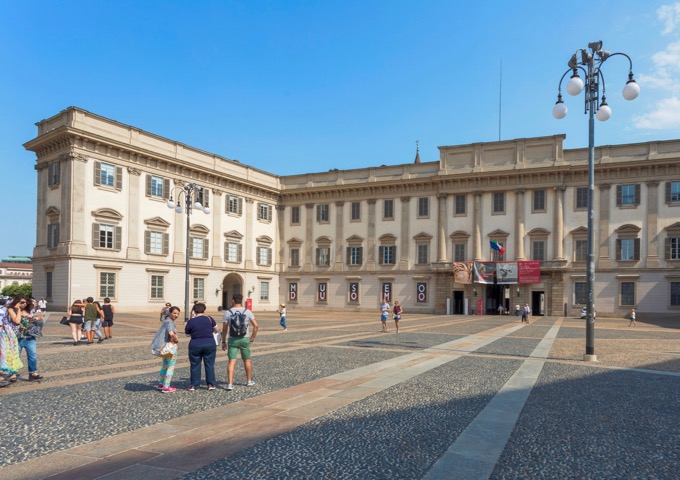
Milan is a great city for museum-goers, and offers many rewards for those who have the time to explore beyond the Last Supper (a must-see) and the impressive collection housed in the Pinacoteca de Brera (ditto). Lovers of contemporary art should check out the new Fondazione Prada, which opened in 2015; it features a permanent, multi-room art installation dubbed the “haunted house” which was partially created within an old gin distillery. The presence of Leonardo da Vinci can be felt at the Science Museum (Museo Nazionale della Scienza e della Tecnologia), which contains hands-on exhibits along with drawings and models from the master himself. Finally, don’t miss a trip to Castle Sforza, which is a kind of living museum charting the history of what used to be Milan’s front door. Options abound, but be aware many museums are closed on Mondays, and are free (and thus, often crowded) the first Sunday of the month. Read more about the best museums in Milan here.
6. See the Last Supper
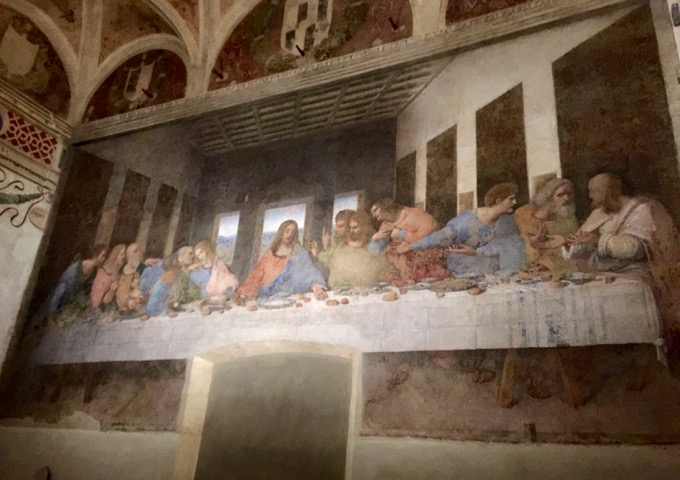
The Last Supper is an iconic work, renowned for its mystery and artistry, but the most impressive thing about it might be that it exists at all. Created on dry plaster in an old church that has undergone multiple renovations, invasions, and bombings, it’s so delicate that viewings are carefully managed (advance tickets are a must). You’ll be amazed that something so well-known and revered is found in such a humble setting. Consider seeing it as part of a guided tour for a full picture of not just the piece itself, but also the miraculous story behind its preservation in the face of near-constant adversity. Read more about how to visit The Last Supper, and the best guided tours, here.
7. Escape to the Lake District
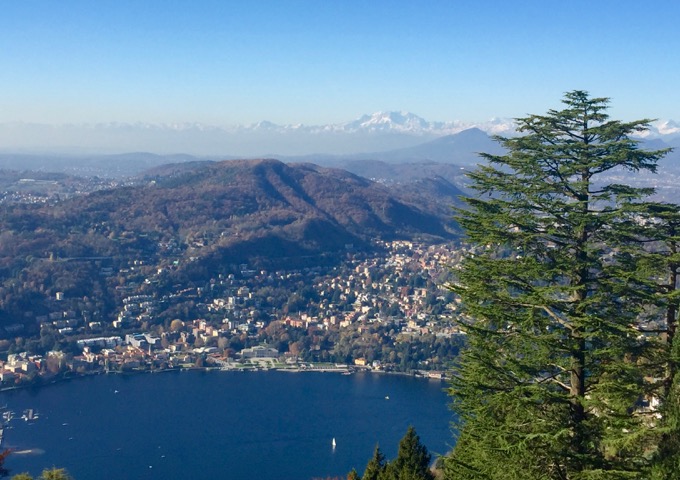
For something completely different from the urban feel of Milan, consider a trip to the Lake District, only 30 minutes or so north of the city. Consisting of five alpine lakes that nestle up against the Alps, you will find charming towns, breathtaking views, and a low-key vibe that has enchanted travelers for hundreds of years (including George Clooney, who famously bought a villa here). The largest town, Como, was once a rival of Milan’s for supremacy in the region. Now it’s a pretty lakeside community filled with stores, museums, and theaters. Other recommended towns to visit in the area include the elegant, veranda-filled town of Varenna, and sleepy, romantic Lovere, along Lake Iseo. For a bird’s eye view of the area, visit Brunate, a tiny little village accessible from a funicular lift that leaves from Como. It’s easy to visit the Lakes District without a car on a guided tour.
8. Wander the Brera District
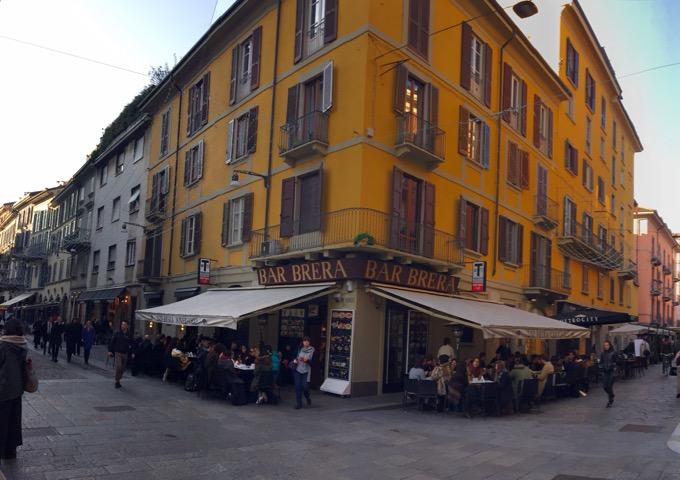
The Brera District offers streets that are fun to walk, and acts as the artistic center of the city. An arts academy (Accademia di Belle Arti), a historic national library (Biblioteca Nazionale Braidense), and one of Italy’s most impressive collections of paintings (Pinacoteca de Brera) can all be found here, along with aperitivo galore. You’ll also find a botanical garden, boutiques, tea houses, and chocolatiers, as well as no shortage of authentic Italian cuisine. The area lies between the Duomo and Castle Sforza — both must-sees — so it’s quite easy to plan a day that involves a stroll through the neighborhood. But you could easily spend several hours here, especially if you work in a visit to the Pinacoteca. Guided tours are available of the Pinacoteca and neighborhood.
9. Enjoy the Navigli Nightlife
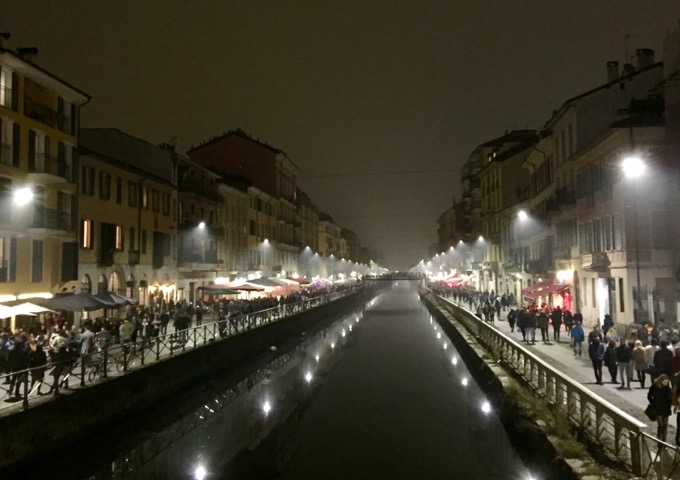
Milan, like Venice, was once ringed and bisected by canals. In fact, the materials to build the Duomo (and many other buildings in the city center) were brought in via those waterways. A couple of them still exist on the south end of town, and serious cleanup efforts over the years have created a delightful setting for visitors to enjoy, as well as arguably the center of local youth culture. The two canals, Naviglio Grande and Naviglio Pavese, are the main attractions, but the entire area is jammed with shops, bars, and restaurants. Via Vigevano just north of the Naviglio Grande has some of the best shopping, while Via Corsico is stuffed full of aperitivo most every night of the week (as is the rest of the neighborhood). The people watching is often good fun as well.
10. Discover Chinatown
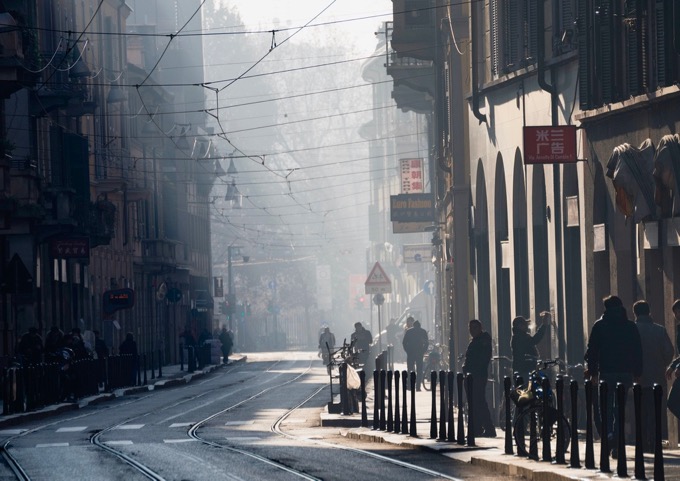
Milan’s Chinatown packs a lot into a little space. Comprising only a half-dozen square blocks with one main thoroughfare along Via Paolo Sarpi, you’ll find a good mix of inexpensive shops, lively bars, and hole-in-the-wall restaurants serving a variety of cuisines (including Italian, but usually with a distinct Asian flare). The vibe is loose and easy compared to the city’s more fashionable districts, and tourists tend to overlook it, which makes for a more “local” feel. Try the Cantine Isola, where the owners will happily let you try hundreds of wines while you snack on delicious aperitivo in their outdoor seating area. And don’t miss La Chiesetta, a bar situated within a tiny Gothic church that has been in place for 1300 years or so.
11. Shop along Via della Spiga
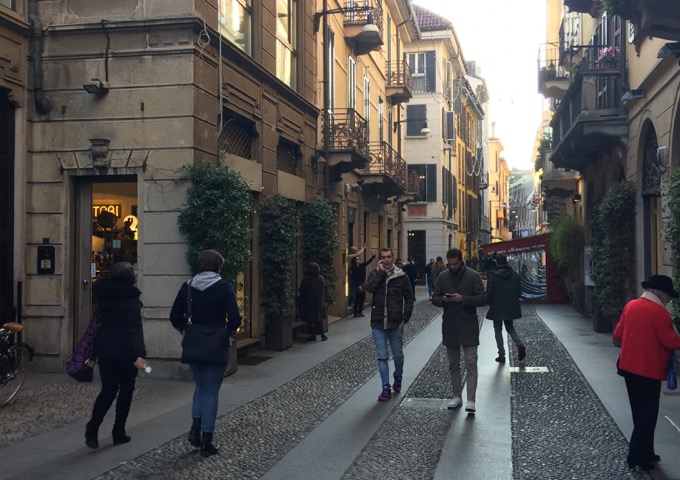
Shopping is practically a religion in Milan, and Via della Spiga is the premier spot for the city’s fanciest shops and boutiques. Completely pedestrianized, you can safely wander it without worrying about reckless moped drivers. Nearby avenues like Via Borgospesso and Via Gesu are also dense with stores, and of course the nearby Galleria is essentially the world’s most upscale shopping mall. Those looking for items at more reasonable price points might try Corso di Porto Ticinese near Basilica San Lorenzo Maggiore, and also Via Dante, which leads from the Duomo up past the Brera district to Castle Sforza.
12. Take a Cooking Class
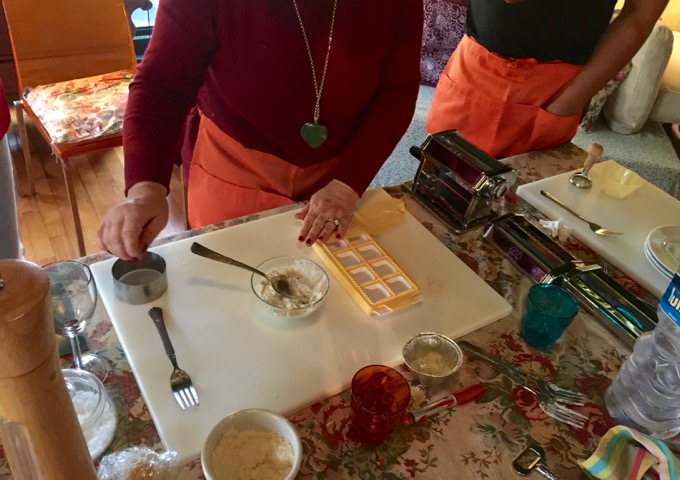
You’re in Italy, so any activity involving food is highly recommended. Why not try learning how to make pasta from an actual Italian? You will find no shortage of cooking classes offered online, often hosted by private chefs in their own homes who will walk you through the basics of making pasta the old-fashioned way. Some classes involve combinations of different pasta types, so you can try your hand at fettuccine noodles, stuffed ravioli, and risotto in the same afternoon. Most classes will also provide you with printed materials and instructions you can take home, so you can impress your friends and family with your new skills.
13. Get Cultured at the Opera
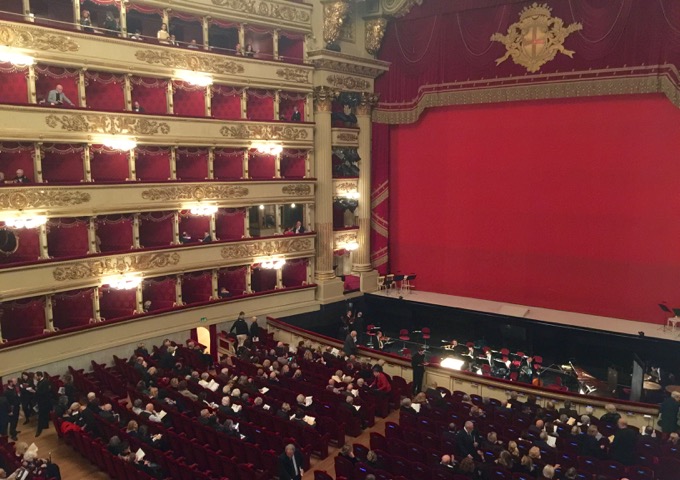
Opera has been a fixture of Milanese culture for hundreds of years, and the city keeps the tradition alive with many grand theaters. The Teatro alla Scala is one of the world’s most famous opera houses, and if you’re in the mood for a splurge, you will see some of the planet’s finest musicians onstage there. (Or enjoy the building’s grandeur on a guided tour.) But you don’t necessarily have to break the bank. The Auditorium di Milano, renovated in the late ‘90s and featuring impeccable acoustics is another, cheaper possibility. Not into opera, but still a music fan? Milan has many options for you as well, including the Blue Note jazz club in Porto Nuevo, the dance clubs of Corso Como, and Le Trottoir near the Navigli District, which offers an eclectic mix of rock, funk, and pop.
14. Taste Local (and Not-So-Local) Wine
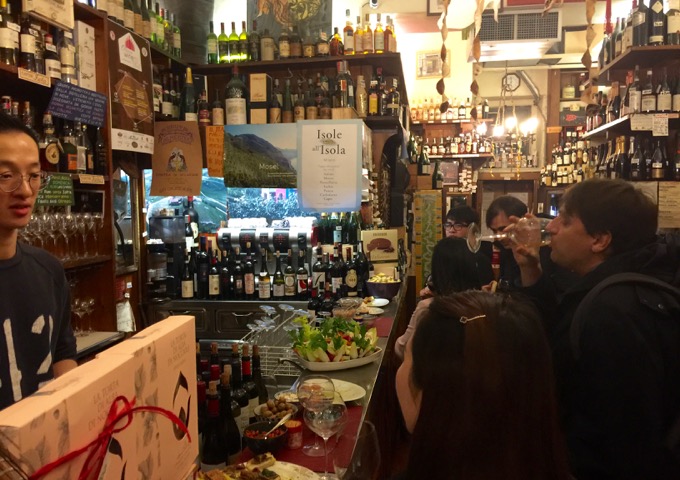
Northern wine meets Southern wine and all parts in between in the cafes and bars of Milan. Chefs and sommeliers from the nearby Piedmont and Veneto regions are here of course, pouring Barberas and Valpolicellas, but winemakers from all over the country bring their varietals to this city, which is more closely connected geographically with the European continent than further down the “boot.” Sicilian wines are particularly popular, with Nero d’Avola and other southern wines like Negroamaro, and of course Tuscan options like Sangiovese widely available. Be sure to try some Primitivo from the Lombardy region, which encompasses Milan. Wine bars are all over town, but you may want to try Signorvino, which has a view of the Duomo, or go a little off the beaten track at Cantine Isola, in Chinatown.
15. Contemplate History at Monte Stella
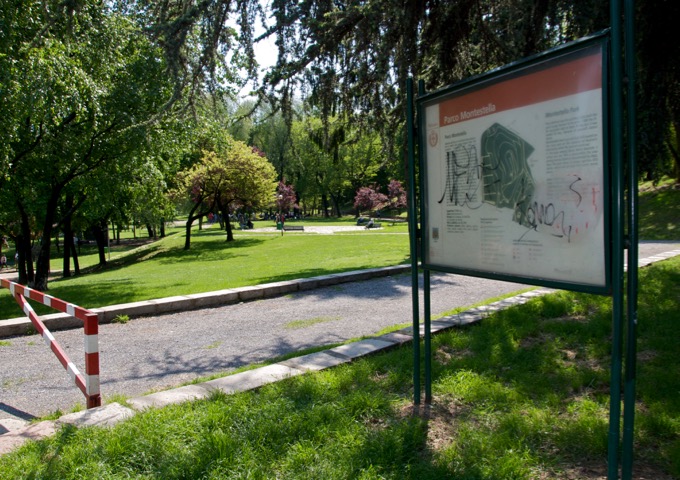
Few cities in Italy suffered more than Milan in World War II, as an estimated 65% of the city was totally destroyed by Allied bombing campaigns. Monte Stella Park, located near the San Siro area west of the city center, is situated on a man-made hill (its name literally means “little mountain”) formed with debris collected from all those destroyed buildings. Going here is thus an opportunity both to get out and see more of Milan, as well as a way to learn about how this resilient city has been reborn and renewed time and time again. Soccer fans might also enjoy visiting the nearby San Siro football stadium, the largest in Italy and home to both A.C. Milan and Inter Milan teams; with an 80,000-seat capacity and an impressive, modernist structure.
About Santorini Dave